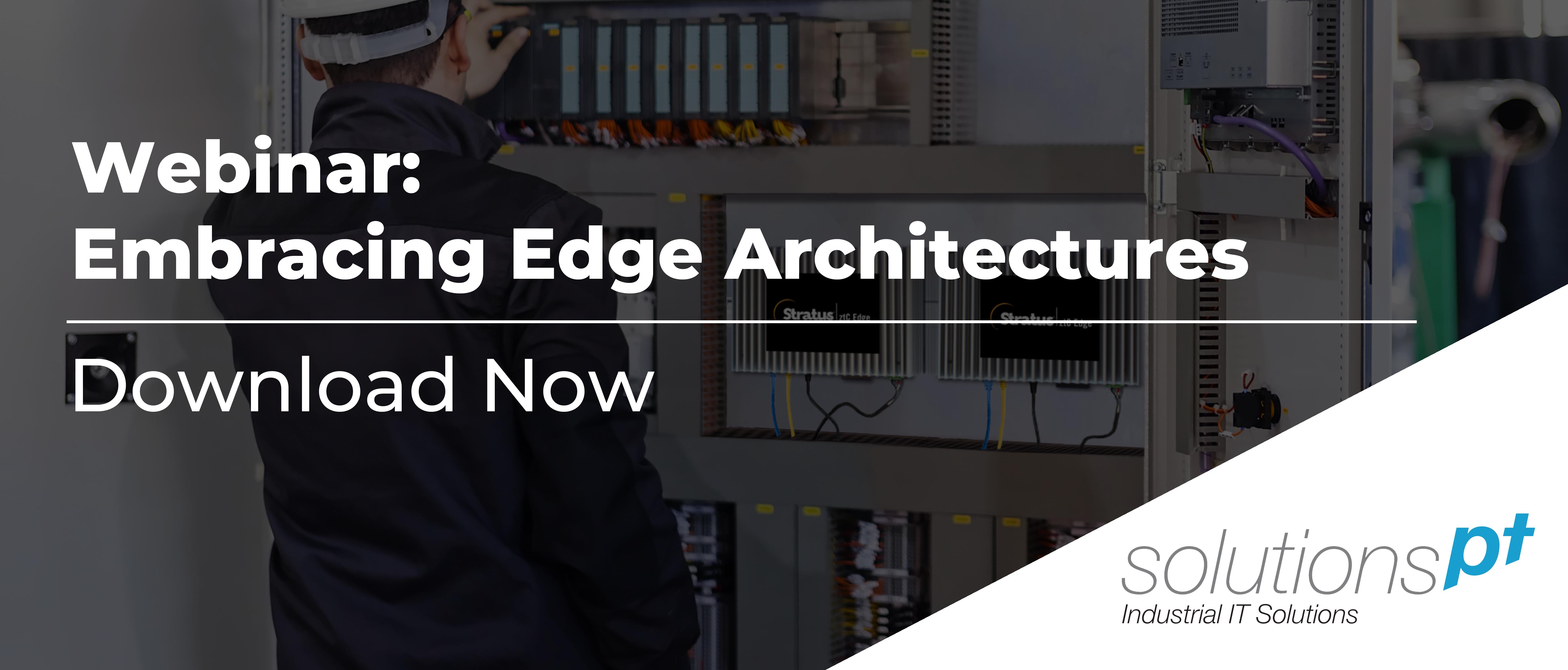Fog Computing are among the latest in a long line of buzzwords or the technical enhancements your business needs to take it to the next level as we start this new decade?
Let’s break some of these terms down and see what they’re all about and how they might help you to embrace that other big trend we’ve all been banging on about, Industrial IoT…

What is Cloud Computing?
At its most basic level Cloud computing services simply is when data is stored and processed at a data center and accessed via the internet and not locally within a hard drive or server, on your plant floor for instance.
The benefits being that it removes the need to own and maintain your own IT infrastructure, and the scalability of Cloud data storage is limitless. Also, the ability to extend the reach of your data to anyone with network access, anywhere, allows you to make improved insight-driven business decisions, faster.
The downside to Cloud computing is the reliance on internet connectivity, cloud security and network performance – meaning its strength does not lie in real-time processing and control but more in business analysis and continuous improvement.
What is Edge Computing?
Edge computing solutions on the other hand involves collecting and storing data at the Edge of the network, closer to where it is being gathered, such as directly on the plant floor. Processing data takes place locally in real-time, resolving the network connection and latency issues in Cloud computing.
With the vast amounts of data being generated by increasing numbers of Industrial IoT devices such as sensors, the cost of bandwidth to transmit all that data into the Cloud could start to become cost prohibitive. So, organisations with substantial amounts of data can deploy edge computing solutions to process data locally, close to the original source, which can reduce latency and avoid bottlenecks.
What is Fog Computing?
So, what about Fog computing, what’s that all about then? Well, like Edge computing, processing of the data takes place closer to where the data is collected, however in Fog computing that data is transmitted by Edge devices to a gateway for processing and data analytics, then sent back to the Edge device for action.
It gives more choice to process data where it’s most appropriate to do so. For some applications, data may need to be processed as quickly as possible, such as where connected machines need to be able to respond to an incident as soon as possible.
In an age where Artificial Intelligence (AI) is becoming much more prevalent, Machine Learning could make use of Fog Computing by processing data locally in the learning phase before the data is stored within the Cloud.
Fog Computing networks can create low-latency connections between devices and analytics endpoints. This reduces the amount of bandwidth needed compared to sending the data back to a server room or data center in the Cloud for processing. It can also be used where there is no bandwidth connection to send data, so must be processed close to where it is created.
But unlike Edge Computing, Fog Computing architectures stretch beyond the Cloud to where data is eventually stored and can be analysed, such as in the Cloud or a data centre. With the combination of the ability to run applications at the Edge and the capacity of the Cloud, Fog computing can act as a bridge, bringing together the Cloud and the Edge.
So, what kind of architectures should I be investing in, Cloud, Edge, Fog computing?
Well, that is going to depend on the specific needs of each company. The increasing availability of low-cost Internet of Things sensors, Edge devices, and Cloud analytics software means that there are options to suit every size and structure of businesses.
You need to consider what tasks you need to complete with the data being gathered, is it for monitoring, data analytics or controlling your operations and design a structure to suit those requirements – to make sure the data reaches the right people, at the right time.
At SolutionsPT we’re in a great position to help you to adopt the optimum architecture to meet your businesses needs. As distributors of leading industrial technology for Edge and Cloud computing, from the latest innovations from Stratus, the ztc Edge to AVEVA Cloud software, we’ve got solutions to meet your needs, whatever they may be.
Get in touch with us today to see how we can help.



